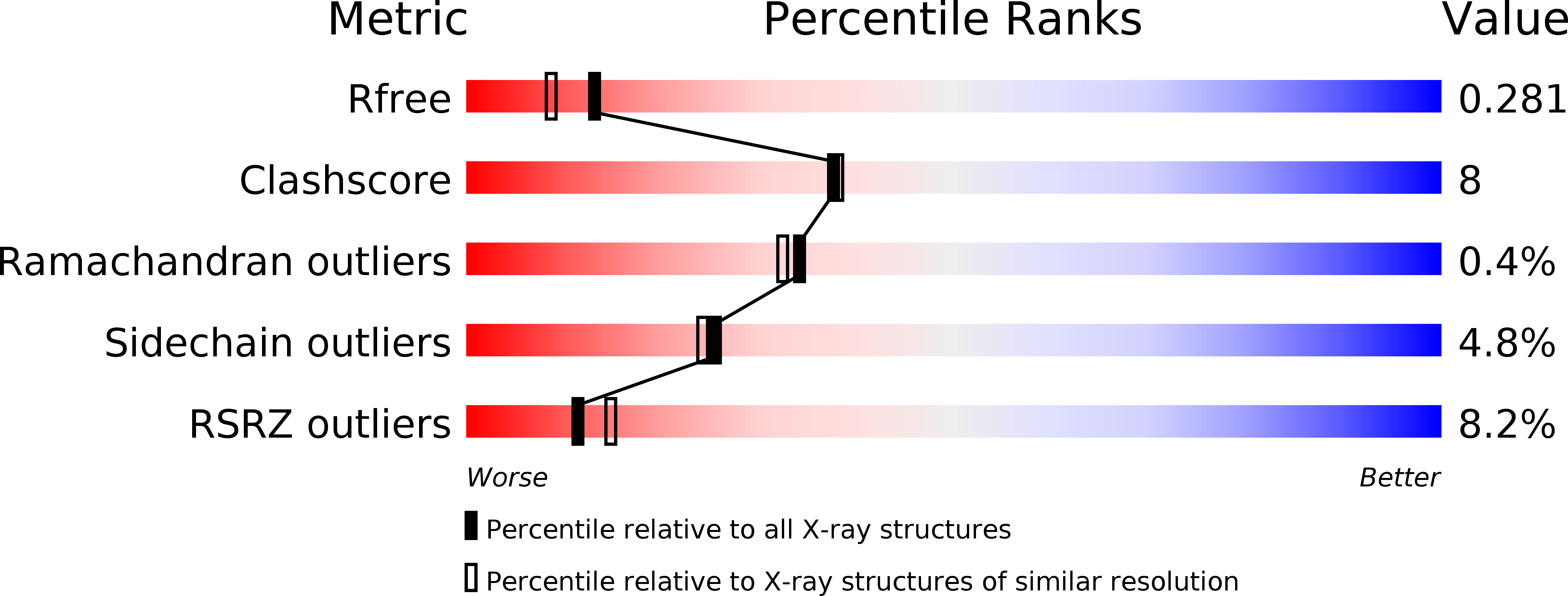
Deposition Date
2012-12-05
Release Date
2013-04-03
Last Version Date
2024-11-27
Entry Detail
PDB ID:
4I9X
Keywords:
Title:
Crystal structure of human cytomegalovirus glycoprotein UL141 targeting the death receptor TRAIL-R2
Biological Source:
Source Organism:
Human herpesvirus 5 (Taxon ID: 295027)
Homo sapiens (Taxon ID: 9606)
Homo sapiens (Taxon ID: 9606)
Host Organism:
Method Details:
Experimental Method:
Resolution:
2.10 Å
R-Value Free:
0.27
R-Value Work:
0.22
R-Value Observed:
0.22
Space Group:
P 21 21 21


